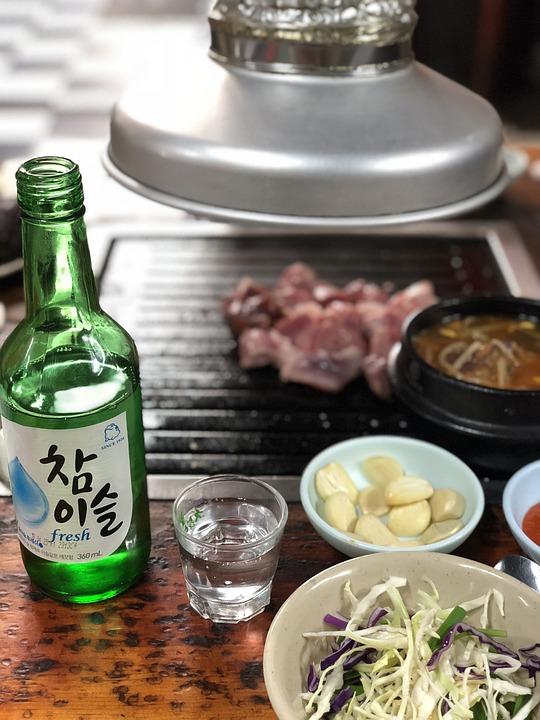The Rise of Soju Among Younger Consumers
Introduction
Soju, a traditional Korean distilled beverage, has been gaining popularity among younger consumers in recent years. Known for its smooth and easy profile, soju has become a go-to drink for many millennials and Gen Z individuals. In this report, we will explore the reasons behind this trend and why soju is becoming a preferred choice among the younger demographic.
Understanding Soju
Soju is a clear, colorless distilled spirit that originated in Korea. It is typically made from rice, barley, wheat, or sweet potatoes, and has a lower alcohol content compared to other spirits like vodka or whiskey. Soju is known for its clean and crisp taste, making it a versatile beverage that can be enjoyed on its own or mixed in cocktails.
Why Younger Consumers are Turning to Soju
1. Smooth and Easy Profile: One of the main reasons why younger consumers are exploring soju is its smooth and easy profile. Soju has a milder taste compared to other spirits, making it more approachable for those who are new to drinking or prefer a less intense flavor. The clean and crisp taste of soju appeals to younger consumers who are looking for a refreshing and easy-to-drink option.
2. Affordability: Soju is also known for being affordable, making it a budget-friendly choice for younger consumers. With rising costs of living and limited disposable income, many millennials and Gen Z individuals are turning to soju as a cost-effective option for socializing and unwinding.
3. Cultural Appeal: The popularity of Korean culture, particularly K-pop and K-dramas, has also contributed to the rise of soju among younger consumers. Soju is often featured in Korean entertainment media and has become a symbol of Korean nightlife and socializing. This cultural appeal has piqued the interest of many young consumers who are looking to experience a taste of Korea.
Industry Insights
According to market research firm Statista, the global soju market is projected to reach a value of $3.9 billion by 2027, with a compound annual growth rate (CAGR) of 2.9% from 2020 to 2027. This growth is driven by increasing demand for low-alcohol beverages, as well as the rising popularity of Korean culture worldwide.
In the United States, soju sales have been steadily increasing, with major liquor stores and bars now carrying a variety of soju brands. Companies like Jinro, Lotte Liquor, and HiteJinro are leading players in the soju market, offering a range of flavors and packaging options to cater to different consumer preferences.
Conclusion
In conclusion, the rise of soju among younger consumers can be attributed to its smooth and easy profile, affordability, and cultural appeal. As the demand for low-alcohol beverages continues to grow, soju is likely to remain a popular choice among millennials and Gen Z individuals. With industry insights pointing towards a steady increase in market value, it is clear that soju has established itself as a key player in the spirits industry.




